AOD-9604 – Norleucine-Modified hGH Fragment 176–191
Chemical Identity
Chemical Name: AOD-9604 Acetate
Molecular Formula: C₇₈H₁₂₃N₂₃O₂₃S₂
Molecular Weight: ~1815.1 Da
CAS Number: 221231-10-3
Sequence (Linear): Nle-Leu-Arg-Ile-Val-Gln-Cys-Arg-Ser-Val-Glu-Gly-Ser-Cys-Gly-Phe
Structure Type: Synthetic 16-amino acid C-terminal fragment of human growth hormone with a Norleucine substitution at position 1
Pharmacological Classification
AOD-9604 is a **modified fragment** of human growth hormone (hGH 176–191) developed by substituting Tyrosine (Tyr) at position 1 with Norleucine (Nle). This change enhances peptide stability while preserving its lipolytic activity and eliminating mitogenic and IGF-1–mediated effects. It does not activate the growth hormone receptor.
Mechanism of Action
- Stimulates Lipolysis: Enhances activity of hormone-sensitive lipase (HSL) and mobilizes adipocyte-stored triglycerides.
- Inhibits Lipogenesis: Suppresses transcription of fatty acid synthase and acetyl-CoA carboxylase enzymes.
- Receptor-Independent Action: Functions independently of GH receptor activation; does not increase IGF-1 levels.
β-Arrestin Recruitment
AOD-9604 does not bind to G protein-coupled receptors (GPCRs) and exhibits no β-arrestin recruitment. Its effects are not mediated by classical receptor-ligand signaling but rather via indirect activation of metabolic regulatory pathways such as AMPK and PPARs.
Molecular Engineering
The Norleucine substitution at position 1 improves proteolytic resistance and enhances peptide half-life without affecting receptor specificity. AOD-9604 retains the full bioactivity of the native 176–191 fragment with superior pharmaceutical properties.
Pharmacokinetics (Non-Dosing)
- Absorption: Rapid following subcutaneous administration
- Half-Life: Short (approx. 1–2 hours), though downstream metabolic effects are prolonged
- Elimination: Primarily via renal proteolytic degradation
Biological Effects
AOD-9604 reduces visceral and subcutaneous fat mass, increases fatty acid oxidation, and improves lipid metabolism in preclinical models. It does not stimulate muscle growth, glucose uptake, or IGF-1 synthesis — differentiating it from full-length hGH.
Preclinical Evidence
In high-fat diet–induced obesity models (rodent, canine, and primate), AOD-9604 reduced adipose tissue accumulation and improved serum lipid profiles. Studies demonstrate a favorable safety profile, with no evidence of carcinogenic or mitogenic activity.
Stability and Storage
- Form: Lyophilized acetate salt
- Solubility: Water, pH 4–5 buffers, DMSO (for research use)
- Storage: –20°C; light- and moisture-protected
- Reconstitution pH: 4.5–5.5 preferred
Comparative Mechanistic Summary
| Parameter | hGH (176–191) | AOD-9604 |
|---|---|---|
| Position 1 Residue | Tyrosine (Tyr) | Norleucine (Nle) |
| GH Receptor Binding | No | No |
| IGF-1 Induction | No | No |
| Lipolytic Activity | Yes | Yes |
| Stability | Lower | Enhanced (due to Nle) |
References
- Heffernan M, Ng FM. Obesity. 2001;9(3):341–345.
- Ng FM, et al. Obes Res. 2000;8(6):431–435.
- Le Roith D, et al. Endocr Rev. 2001;22(1):53–74.
- Waters MJ, et al. J Endocrinol. 2016;229(1):R1–R19.
- Metabolic Pharmaceuticals Ltd. AOD-9604 Dossier. Clinical Trials Registry (AUS, 2002–2005).
